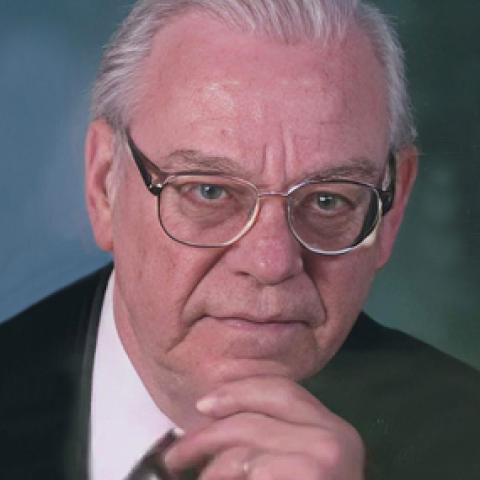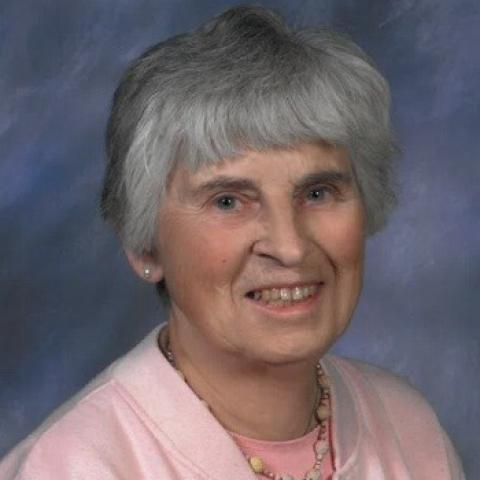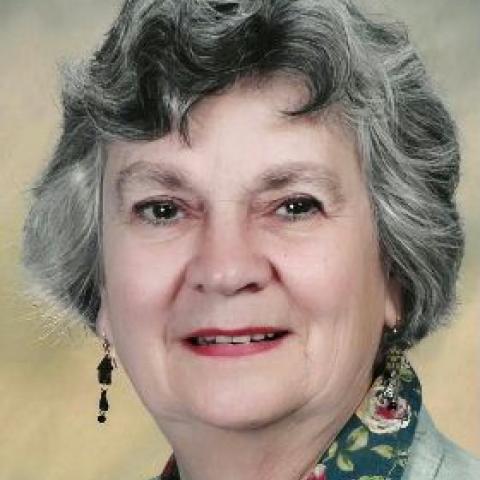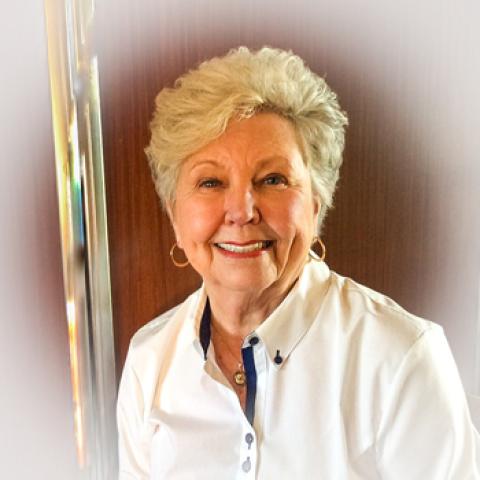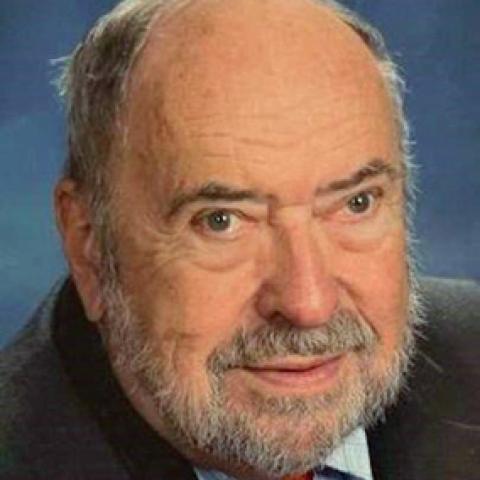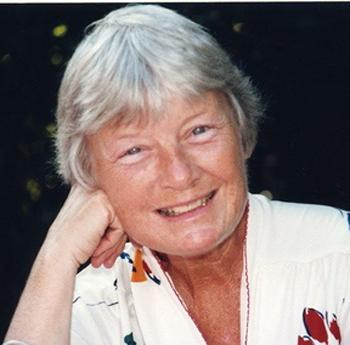
Emma Lou Diemer died June 2, 2024, in Santa Barbara, California. Born in Kansas City, Missouri, November 24, 1927, she played piano, composed at a very early age, and became organist in her church at age 13. Her interest in composing music continued through College High School, Warrensburg, Missouri, and she majored in composition at the Yale School of Music, New Haven, Connecticut, earning a Bachelor of Music degree in 1949 and a Master of Music degree in 1950. She finished her Ph.D. degree at the Eastman School of Music, Rochester, New York, in 1960. She studied in Brussels, Belgium, on a Fulbright scholarship and spent two summers of composition study at the Berkshire Music Center.
Diemer taught at several colleges and was organist at several churches in the Kansas City area during the 1950s. From 1959 until 1961 she was composer-in-residence in the Arlington, Virginia, schools under the Ford Foundation Young Composers Project. She composed many choral and instrumental works for schools, a number of which are still in publication. She was consultant for the MENC Contemporary Music Project before joining the faculty of the University of Maryland where she taught composition and theory from 1965 until 1970. In 1971 she moved from the East Coast to teach composition and theory at the University of California, Santa Barbara. There she was instrumental in founding the electronic/computer music program. In 1991 she was named Professor Emeritus.
Through the years she has fulfilled many commissions of orchestral, chamber ensemble, keyboard, choral, and vocal works for schools, churches, and professional organizations. Most of her works are published. She received awards from Yale University (Certificate of Merit), Eastman School of Music (Edward Benjamin Award), National Endowment for the Arts (electronic music project), Mu Phi Epsilon (Certificate of Merit), Kennedy Center Friedheim Awards (for a piano concerto), American Guild of Organists (Composer of the Year), American Society of Composers, Authors, and Publishers/ASCAP (annually since 1962 for performances and publications), the Santa Barbara Symphony (composer-in-residence, 1990–1992), the University of Central Missouri (honorary doctorate), and others.
She was an active keyboard performer on piano, organ, harpsichord, and synthesizer, and in later years gave concerts of her own music at Washington National Cathedral, St. Mary’s Cathedral and Grace Cathedral in San Francisco, Cathedral of Our Lady of the Angels in Los Angeles, and elsewhere. For information: emmaloudiemermusic.com.
Other recent obituaries:


